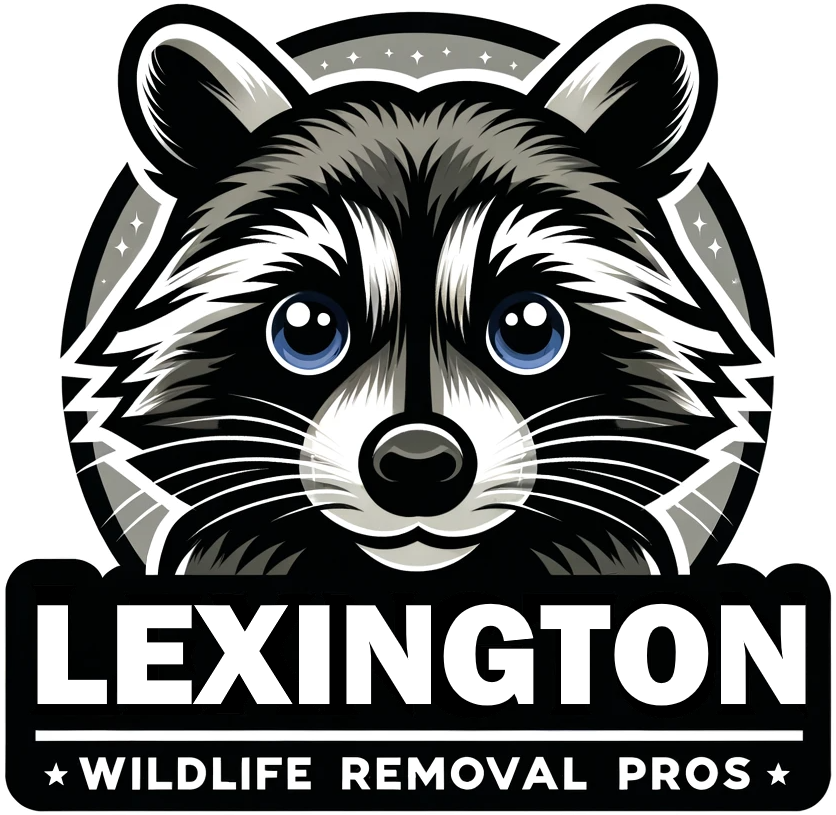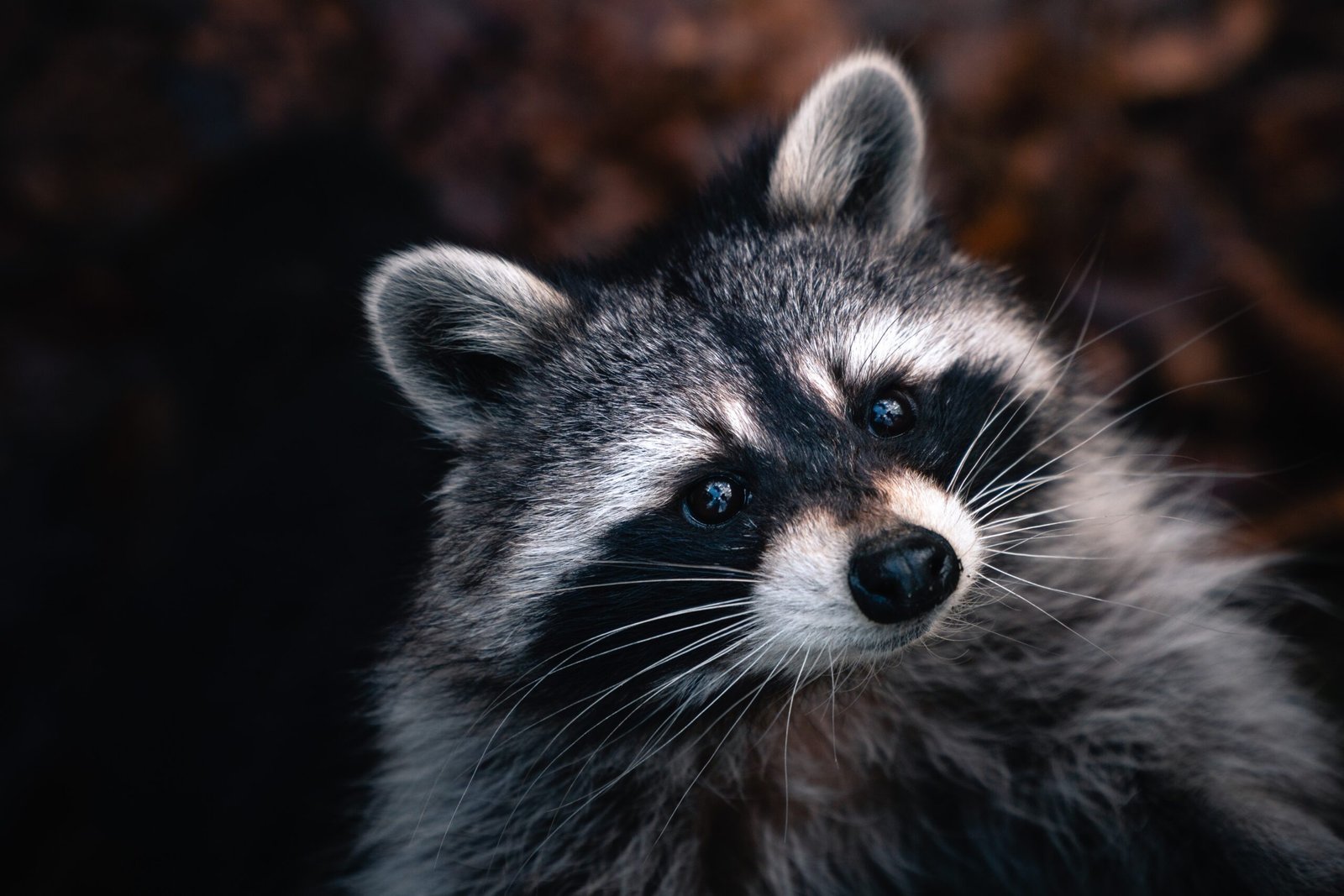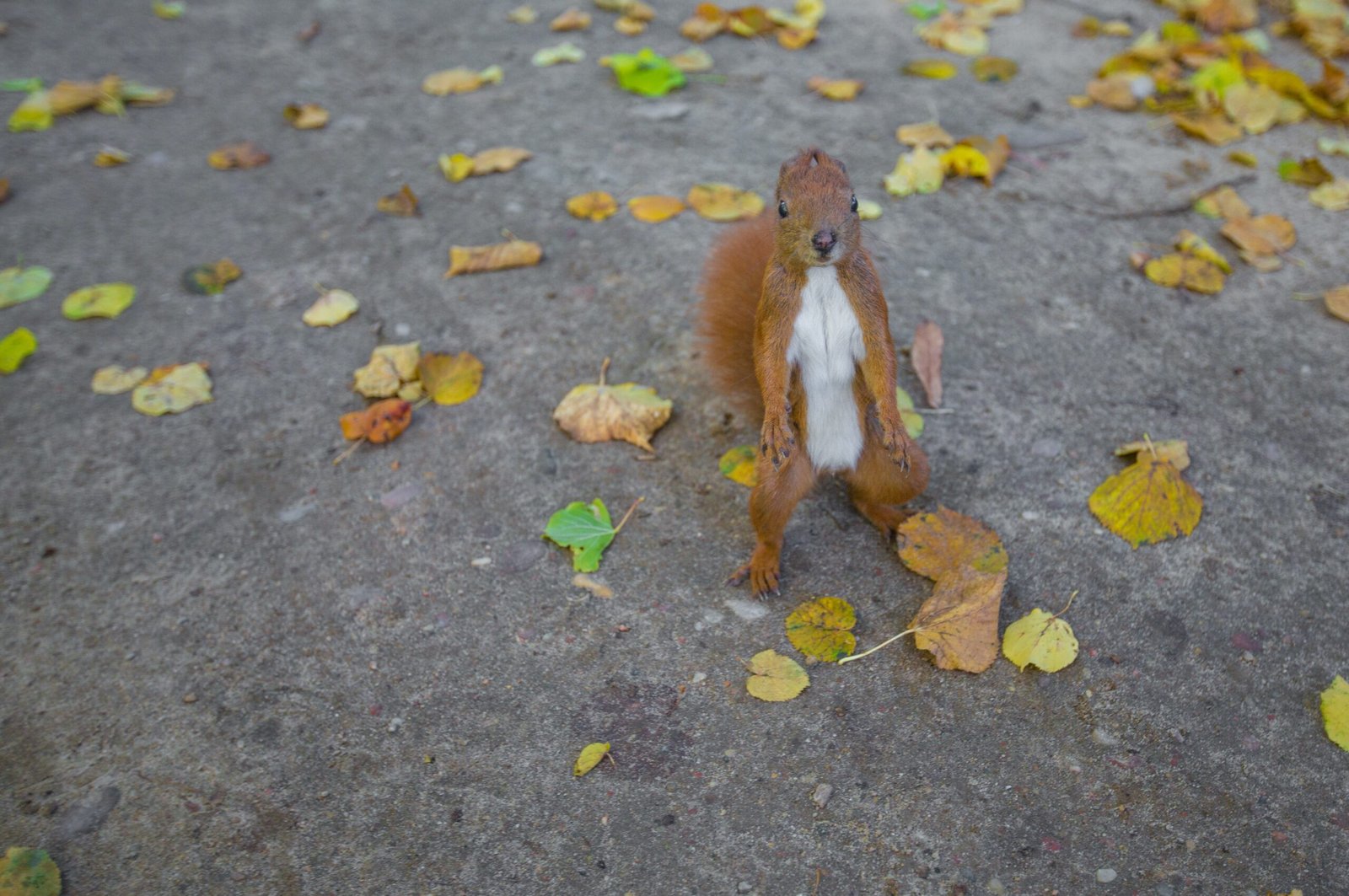When it comes to wildlife that can cause damage to your property, raccoons are often at the top of the list. These curious and resourceful creatures are known for their ability to find their way into attics, causing a range of problems for homeowners. In this article, we will explore the damages that raccoons can cause to an attic and discuss effective methods for remediation.
1. Structural Damage
One of the most significant concerns when dealing with raccoons in the attic is the potential for structural damage. Raccoons are skilled climbers and can easily access your roof and attic through openings such as vents, chimneys, or damaged areas. Once inside, they can cause havoc by tearing insulation, chewing on electrical wires, and damaging wooden beams. Over time, this damage can weaken the structure of your home, leading to costly repairs.
2. Contamination
Raccoons are not known for their cleanliness, and their presence in your attic can lead to contamination issues. They have a habit of using one area as a latrine, which can result in the accumulation of feces and urine. This not only creates a foul odor but also poses health risks as raccoon droppings can harbor parasites and bacteria. Moreover, the scent left behind by raccoons can attract other wildlife, leading to further infestations.
3. Noise and Disturbance
Having raccoons in your attic can be a noisy and disruptive experience. These nocturnal creatures are most active during the night, which means you may be kept awake by their scratching, scurrying, and vocalizations. The constant noise can cause sleep disturbances and affect your overall well-being. Additionally, the presence of raccoons in your attic can cause stress and anxiety, as you worry about the potential damage they may be causing.
4. Fire Hazard
Raccoons have a penchant for chewing on wires, and this behavior can create a serious fire hazard. Attics are often filled with electrical wiring, and if raccoons start gnawing on these wires, it can lead to exposed live wires and sparks. This increases the risk of electrical fires, which can be devastating for your home and family. It is crucial to address raccoon infestations promptly to mitigate this fire hazard.
Remediation
If you suspect that raccoons have taken up residence in your attic, it is essential to take immediate action to prevent further damage. Here are some steps you can take for effective remediation:
1. Inspection
Start by conducting a thorough inspection of your attic to identify any entry points and assess the extent of the damage. Look for signs such as droppings, torn insulation, and chewed wires. It may be helpful to seek the assistance of a professional wildlife removal expert who has experience dealing with raccoon infestations.
2. Exclusion
Once you have identified the entry points, it is crucial to seal them off to prevent raccoons from reentering your attic. This may involve repairing damaged areas, installing mesh screens over vents, and reinforcing weak spots. Remember that raccoons are persistent, so it is essential to use durable materials that can withstand their attempts to regain access.
3. Cleanup and Sanitization
After the raccoons have been removed and the entry points sealed, it is vital to clean and sanitize your attic. This involves removing any contaminated insulation, disinfecting the area, and deodorizing to eliminate any lingering odors. It is advisable to wear protective gear, such as gloves and masks, during this process to minimize the risk of exposure to harmful pathogens.
4. Prevention
To prevent future raccoon infestations, it is essential to address any factors that may attract them to your property. This includes securing trash cans, removing potential food sources, and trimming overhanging tree branches that provide easy access to your roof. Regularly inspect your property for any signs of damage or potential entry points and promptly address them to minimize the risk of raccoon intrusion.
In conclusion, raccoons can cause significant damages to an attic, including structural damage, contamination, noise, and fire hazards. It is crucial to take immediate action if you suspect a raccoon infestation to prevent further harm to your property. By conducting a thorough inspection, excluding entry points, cleaning and sanitizing the area, and implementing preventive measures, you can effectively remediate raccoon damages and protect your home.



